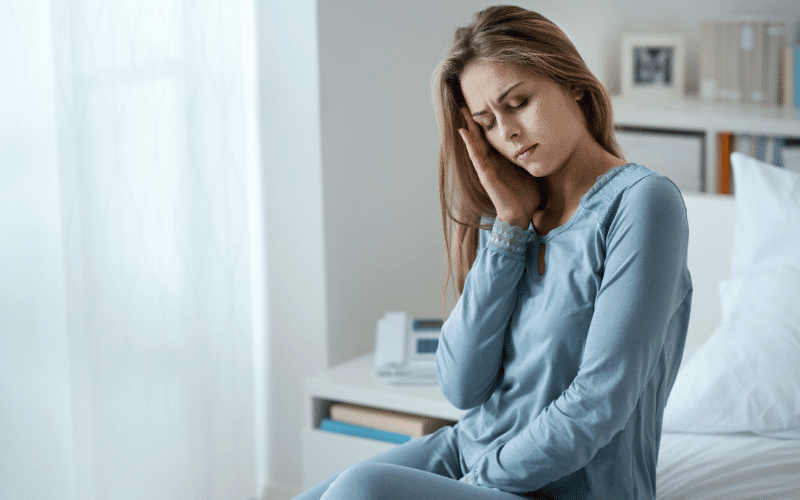Frequently Asked Questions

What causes migraines?
The exact cause of migraines is not yet fully understood, but they are believed to result from a combination of genetic and environmental factors. Migraine triggers can include hormonal changes, stress, certain foods and beverages, sensory stimuli, changes in sleep patterns, and more. However, these triggers can vary significantly from person to person.
How can I prevent migraines?
While migraines cannot be entirely prevented, you can reduce their frequency and severity by identifying and avoiding your personal triggers, maintaining a consistent sleep schedule, managing stress, staying hydrated, and exercising regularly. It’s also essential to work with your healthcare provider to develop a personalized treatment plan that includes preventive medications if needed.
Are migraines and tension headaches the same thing?
No, migraines and tension headaches are different types of headaches. Tension headaches are characterized by a dull, steady pain on both sides of the head, often described as a tight band around the head. In contrast, migraines are typically one-sided and involve a severe, throbbing pain, often accompanied by other symptoms such as nausea, vomiting, and sensitivity to light and sound.
How long do migraines typically last?
The duration of a migraine attack can vary greatly, but most migraines last between 4 and 72 hours. However, some individuals may experience longer episodes or lingering symptoms, such as fatigue and cognitive difficulties, even after the headache has resolved.
Are there any effective home remedies for migraines?
Some home remedies that can help alleviate migraine symptoms include using cold or warm compresses on the forehead, taking a warm bath or shower, practicing relaxation techniques (such as deep breathing or progressive muscle relaxation), and staying in a quiet, dark room to minimize sensory stimuli. However, it’s essential to consult with a healthcare professional for personalized advice and treatment options.
Conclusion
Recognizing the 10 severe migraine symptoms is essential for early detection, proper management, and seeking timely relief. By understanding these symptoms and their underlying causes, you can take proactive steps to minimize the impact of migraines on your daily life. Keep in mind that each person’s experience with migraines is unique, so it’s crucial to work closely with your healthcare provider to develop an individualized treatment plan that addresses your specific needs and concerns.
In this detailed article, we’ve explored various migraine symptoms, from throbbing headaches to sensitivity to smells, providing you with an in-depth understanding of these debilitating experiences. We’ve also discussed potential coping strategies and treatments to help alleviate these symptoms and improve your quality of life.
Remember to track your migraine patterns and triggers using a headache diary, as this information can help guide your healthcare provider in developing the most effective treatment plan for you. Communicate openly with friends, family, and coworkers about your condition, as their support and understanding can make a significant difference in your migraine journey.
By staying informed, proactive, and supported, you can better manage your migraine symptoms and take control of your health. With the right combination of treatments, lifestyle adjustments, and coping strategies, you can live a more fulfilling life, even with migraines.